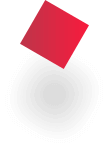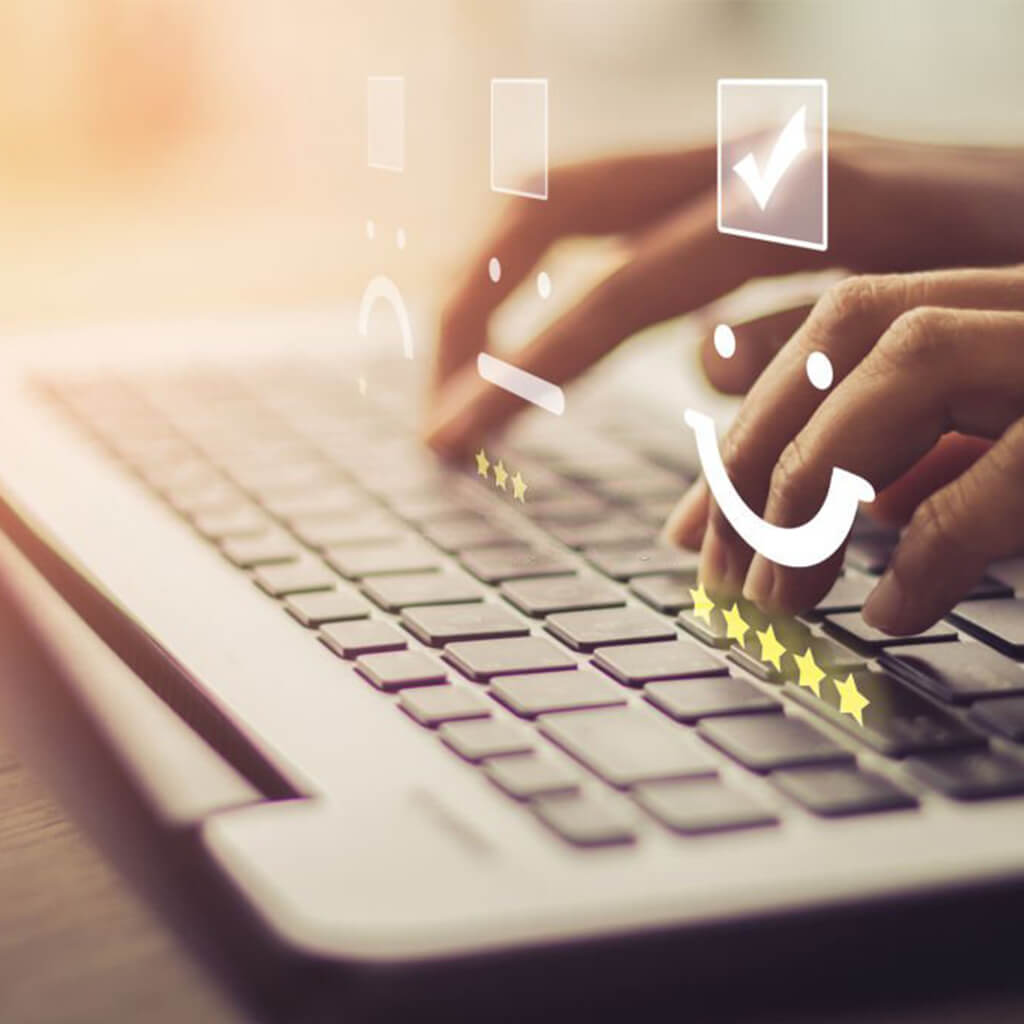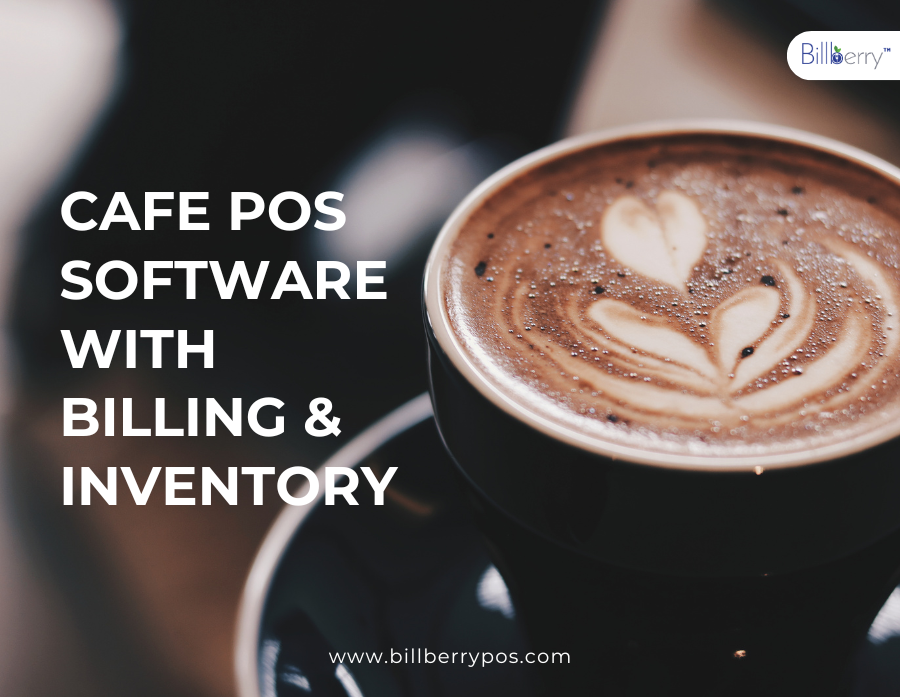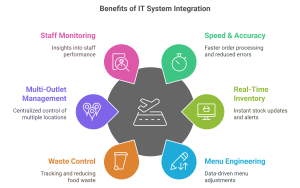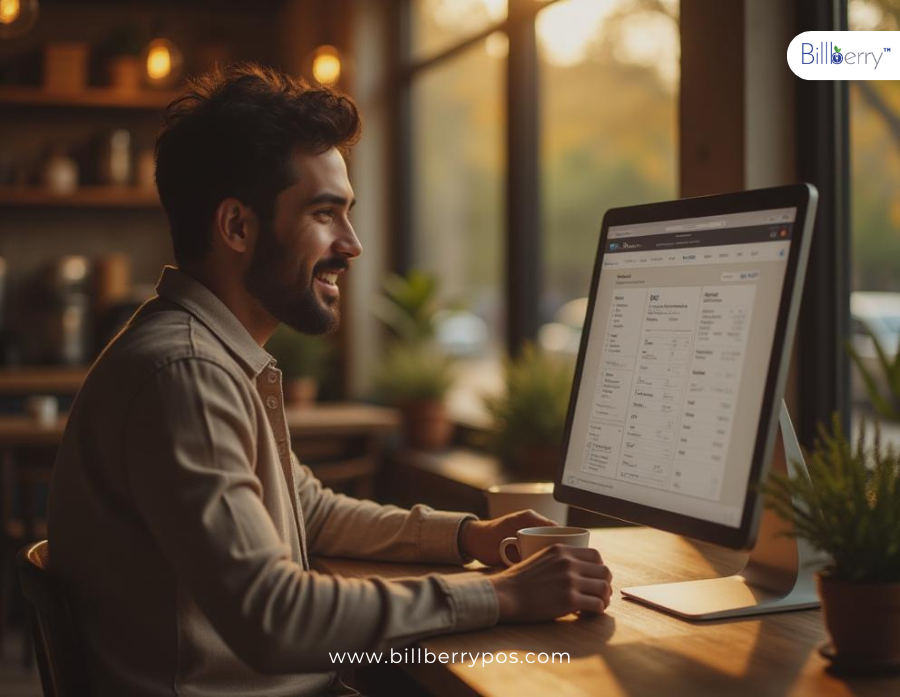Opening a cafe in India has long been a dream for creative, passionate entrepreneurs. But as the F&B industry evolves with technology, changing customer behavior, and tighter margins, a simple question gets more complicated: Is opening a cafe profitable in 2025?
This blog takes a deep dive into the modern cafe business model, helping you explore trends, profitability drivers, niche ideas, mistakes to avoid, and more, all to help you make a smart decision.
The State of the Cafe Industry in 2025
In 2025, India’s cafe culture is thriving more than ever. Young consumers are spending more on experiences, remote work has created new use-cases for cafes, and people are actively looking for themed, cozy, or Instagrammable places to spend their time.
Cafes today are not just about coffee. They’re about community, creativity, and lifestyle. From freelancers working all day to Gen Z catching up over smoothies, the market is wide, but so is the competition.
So, Is Opening a Cafe Profitable in 2025?
Yes, it can be profitable, but only when approached with a strategic mindset. Many cafes close down within the first 12–18 months due to poor planning, bad location choice, or weak financial management.
The ones that succeed usually:
~ Pick a strong niche or theme
~ Control operational costs from day one
~ Use technology to manage inventory and sales
~ Build a strong community through marketing
~ Combine dine-in with takeaway and delivery options
If your goal is to build a lifestyle business with stable monthly income and growth potential, opening a cafe in 2025 can absolutely be profitable.
Understanding the Investment and Ongoing Costs
Starting a cafe in 2025 typically requires an investment ranging between ₹10–25 lakhs, depending on the scale, interior design, equipment, and location. This includes rent deposit, equipment (coffee machine, ovens, etc.), licenses, staff hiring, and pre-launch marketing.
Beyond setup, you’ll also need to budget monthly for rent, salaries, raw materials, electricity, digital tools (like a POS system), and ongoing marketing. The key to profitability lies in keeping your costs lean while maximizing per-customer value.
Most cafes that follow a smart financial model can recover their investment and break even in 12 to 24 months.
What Drives Profitability for Cafes in 2025?
The biggest profitability drivers this year include:
~ Niche product offerings: Think of vegan desserts, locally sourced cold brews, or health-conscious smoothie bowls. Specialty items carry better margins than generic ones.
~ Efficient tech use: A smart POS system like Billberry helps track daily profits, reduce waste, and automate reports.
~ Customer retention: Loyalty programs, prepaid cards, and WhatsApp marketing can encourage regular visits.
~ Digital presence: A Google Business listing, active Instagram profile, and food delivery tie-ups drive more footfall and orders.
~ Menu engineering: Offering combos or meal deals can increase average ticket size without increasing costs.
Emerging Cafe Trends to Leverage
If you’re planning to open a cafe, stay aligned with 2025’s trends:
~ Health-first menus: More customers now prefer vegan, keto, and gluten-free options.
~ Work-friendly cafes: With remote work still common, cafes that offer plug-points, calm ambiance, and good Wi-Fi are in high demand.
~ Experience-driven spaces: Themed interiors, live music nights, or art-friendly decor help attract a loyal crowd.
~ Hybrid business models: Combine dine-in with takeaway, cloud kitchen deliveries, or even a merchandise line (branded mugs, tote bags, etc.).
By aligning with the right trends, your cafe stands out, and makes more money.
Also Read: Cafe POS Software with Billing & Inventory
Mistakes That New Cafe Owners Must Avoid
Many new entrepreneurs jump into the cafe business without fully understanding the challenges. Here are the most common mistakes that reduce profitability:
~ Choosing a bad location: A beautiful cafe in a low-footfall area can fail quickly.
~ Overspending on interiors: While design matters, it shouldn’t eat up your entire capital.
~ Poor inventory management: Food wastage is one of the biggest hidden profit killers.
~ Ignoring digital marketing: If you’re not on Google and Instagram, you barely exist.
~ Hiring untrained staff: Your staff defines the customer experience. Never compromise here.
~ No clear concept or target audience: A generic cafe is forgettable. Build something people remember.
Unique & Niche Cafe Ideas That Will Work in India
To truly profit in 2025, don’t just open “another cafe.” Try building one with a niche. Here are some smart concepts that are in demand:
~ Pet-friendly cafes: Pet parents love taking their fur babies to places that welcome them.
~ Regional food cafes: Serve authentic Gujarati, Bengali, or South Indian snacks and drinks in a themed ambiance.
~ Art cafes: Combine food with art displays, poetry nights, or board games.
~ Co-working cafes: Offer stable Wi-Fi, charging points, and calm seating to attract freelancers.
~ Sustainable cafes: Use eco-friendly packaging and promote zero-waste concepts, a big hit with Gen Z.
Cafes with a strong identity build loyal communities faster, and become profitable sooner.
How to Market Your Cafe in 2025
Marketing is no longer optional, it’s essential.
Start by creating a Google My Business profile to appear in local searches. Then set up an Instagram page with high-quality images of your food, ambiance, and happy customers. You can also collaborate with local influencers and food bloggers to reach your city’s target audience.
Host live events like open mic nights or baking workshops to build a strong offline buzz. Use WhatsApp broadcasts and loyalty programs to retain regulars. The more value you give, the more your customers will return, and bring others with them.
Leverage Technology to Scale Smartly
Modern cafes need modern tools. Invest in a POS system that does more than billing. Choose one that tracks inventory, alerts you on low stock, manages online orders, and gives daily business insights.
Tools like Billberry POS help cafe owners:
~ Avoid manual billing errors
~ Understand daily sales and profit margins
~ Manage dine-in, takeaway, and delivery orders from one place
~ Retain customers through loyalty and coupon modules
Technology reduces dependency on staff, lowers operational stress, and improves customer service, all essential for profitability.
Should You Open a Cafe in 2025?
So, is opening a cafe profitable in 2025? Absolutely, if you plan with clarity, creativity, and cost control.
The cafe market in India is booming, but competition is fierce. Success comes to those who know their customers, deliver a great experience, and keep innovating. A cafe that solves a lifestyle problem, a cozy work spot, a hangout for students, a vegan coffee shop, will always find a loyal customer base.
If you’re passionate and prepared, opening a cafe in 2025 can be more than a business, it can be your lifestyle and your brand.
✅ Want to Simplify Your Cafe Management?
Run your cafe like a pro with Billberry POS, it’s CAFE POS has all-in-one solution for billing, inventory, CRM, and online ordering.

